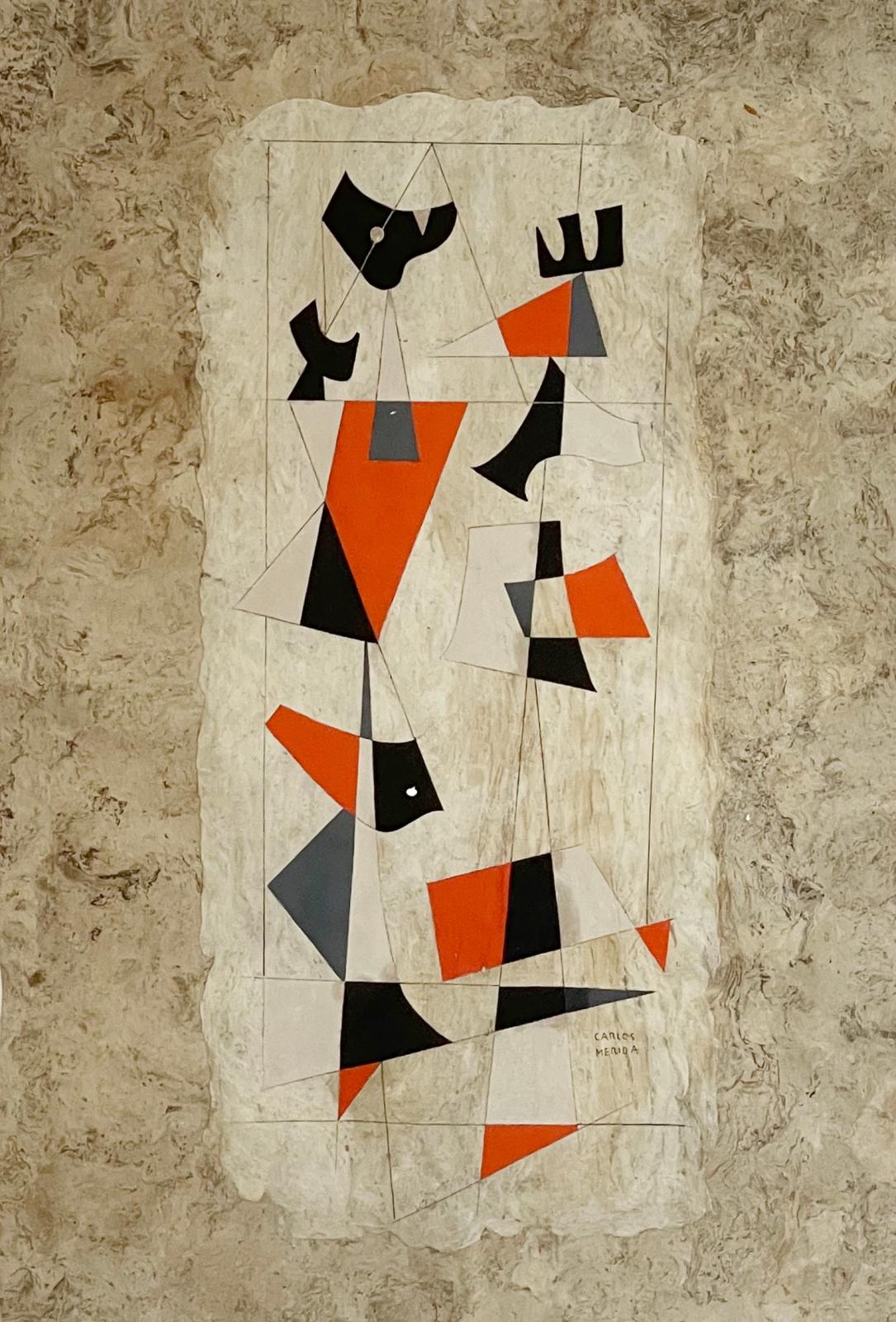artist
Born in Guatemala City, Guatemala in 1891, Merida spent his first ten years in Guatemala before moving to France in 1901. Living in Paris for 4 years, Merida was exposed to the leading avant-garde artists, including Picasso, Modigliani, and Van Dongen, and witness the rise of modern art. After returning to Guatemala in 1914, he partnered with sculptor Yela Gunther to launch a short-lived art movement for the indigenous people. Relocating again to Mexico Merida found a greater audience for his folk themed paintings, receiving a commission to execute a mural for the Secretaria de Recursos Hidraulicos with Mexican Muralist Mario Pani. During his work with Pani, Mérida became captivated with a concept called "plastic integration” involving the seamless combination with both art and architecture. During this period Merida executed a mural for the Benito Juarez Housing Project, later destroyed by the Mexico City earthquake in 1985. Partnering in 1932 with Mexican artist Carlos Orozco Romero, Merida opened the Secretariat of Public Education's School of Dance, for which he painted several ballet scenes.
A truly international artist Merida forged links between Guatemala, Paris, Mexico and the United States. Carlos Mérida is represented in many collections including: The Museum of Modern Art in New York; the Museum of Modern Art in San Francisco (California); the Museum of Dallas (Texas); the Museum of Modern Art in Sao Paulo (Brazil); and the Museo de Arte Moderna in Caracas (Venezuela).
Description
Amate paper, primarily used to create codices, is a type of bark paper that has been manufactured in Mexico since pre-contact times.
provenance
Private collection, New York, until 2023
Doyle Auction, New York March 2023












